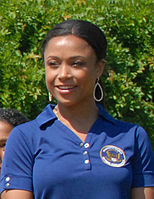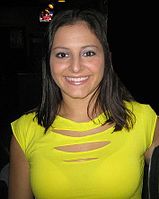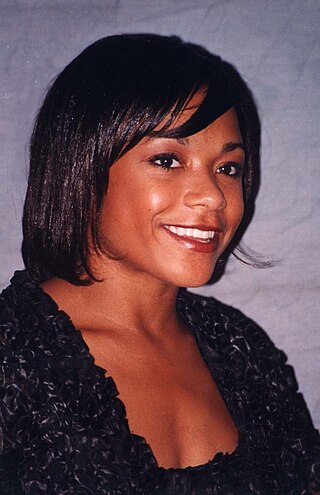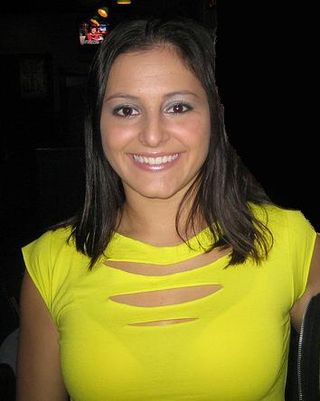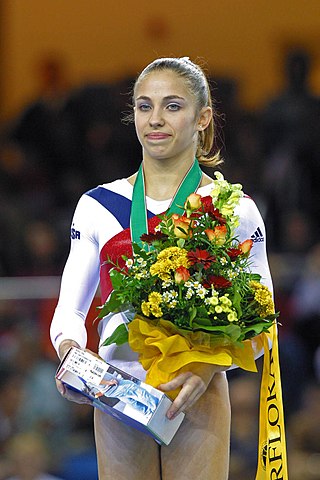Compulsories
The team compulsories took place on July 21, 1996. Unlike in the 1992 Games, when two athletes from each country participated in each session, in these Games, teams competed together. The United States team competed in the third session, with Russia and China left to compete in the fourth session. Romania had already competed in the first session, so the United States team could only chase their already posted scores. The top four teams would compete in the last session during the optionals. Ultimately, Ukraine, not China, earned this fourth spot along with the United States, Russia, and Romania.
With seven athletes on each team for the first and only time, each team (other than Romania who had only six members because of an injury) put their six best team members up on each event. Of these six scores, only the top five would count. On the United States team in both compulsories and optionals, Miller, Moceanu, Dawes, Strug, and Phelps competed on all four events while Chow only competed on bars and vault and Borden only competed on beam and floor. The United States started their meet on uneven bars with no major misses. Miller earned the highest score of 9.775, and Strug's score of 9.675 was dropped.
Following uneven bars, the team moved to balance beam where Strug led off with a shaky performance. Borden and Dawes followed, each with noticeable errors. Phelps, who won the compulsory round at the Olympic Trials (although neither Miller or Moceanu competed at this event), was next. Although known for her beautiful technique, she looked shaky from the start of the routine and fell off the beam during the fouette jump element. Although she finished strongly, her low score of 9.012 was dropped. Miller followed with a routine that appeared to be flawless and earned the overall high beam score of the competition, 9.737. Moceanu anchored the United States and with only minor errors and impeccable form on certain elements earned a 9.687.
Next the group moved to floor exercise where everyone performed well, with no major errors. Strug earned the team's high score of 9.825, and Phelps' score of 9.662 was dropped. At this point in the competition, the United States was still trailing Romania as the team moved to vault.
Everyone vaulted well, with Dawes, Miller, and Strug sticking their landings. Chow essentially stuck her landing as well, with only a minor slide of her left foot. The United States surpassed Romania after this rotation, but Russia would later qualify first to optionals.
Optionals
As in the compulsory round, the United States started the competition on uneven bars. Everyone performed well with Miller, Strug, and Phelps tying with the team's low score of 9.787. Dawes posted the team's high score of 9.850 and combined with their scores from compulsories, both Dawes and Chow qualified for event finals. The team then moved to balance beam.
Putting their rocky compulsory round behind them, the team performed well on beam without any major errors. Miller posted one of the competition's high beam score of 9.862 (Kui Yuanyuan of China had the highest score of 9.875) and qualified first to the event finals, ahead of Moceanu who earned a 9.850 and qualified second. Phelps' score of 9.600 was dropped.
As the event took place in Atlanta, the crowd was heavily pro-United States, and the cheering and flash photography was at an unprecedented level. The crowd continued to cheer on its team as the group moved to the floor exercise where Phelps led off with a great start. Borden, Moceanu, and Dawes followed, all without significant error. As predicted, Moceanu's floor music, "The Devil Went Down to Georgia," was a smash hit with the already raucous crowd. Following Dawes was Miller who showed the first obvious error in any of the American routines when she under-rotated her opening tumbling pass, a double layout. Although a major break, Miller avoided touching the floor with her hands, finished strongly, and the team ultimately dropped her score of 9.618. Strug anchored the team and earned a 9.837, qualifying first to event finals along with Moceanu who also earned a 9.837 and qualified fourth. Dawes, who posted the team's high optionals floor exercise score of 9.850, would have qualified seventh to the event finals but because of the rule that only two gymnasts from each country can compete, she was to be left out. The team was leading Russia by .897 as the group moved to vault. [3]
In the team competition, each gymnast performed two vaults however, only the higher score of the two vaults was counted. Phelps led the team off, followed by Chow, Miller, and Dawes, all with strong showings. With a narrow lead, Moceanu vaulted next, needing a 9.762 to secure the gold medal. [4] On both of Moceanu's attempts, she was severely under-rotated and fell backwards onto the mat. She earned only a 9.200 which was not enough to clinch the gold medal. Russia was still performing on floor, with 1994 floor world champion Dina Kochetkova and reigning Russian national floor champion Roza Galieva still to perform their routines. The Russian team could have won gold if their last three scores averaged over 9.816, which was well within their capabilities. Strug, Moceanu, Dominique Dawes, Romanian gymnasts Simona Amânar and Gina Gogean, and Chinese gymnast Ji Liya had all received floor scores of 9.825 or higher earlier that night from the same judging panel. [5]
Strug vaulted next as the anchor of the team and performed the same vault as Moceanu, also falling backwards onto the mat. Upon standing up, it became apparent that Strug had suffered an injury to her ankle. Strug was encouraged by her coach, Béla Károlyi, to vault again. Karolyi continuously chanted, "you can do it, Kerri!" which later became a mantra in popular culture.
The secondary story, often overlooked by the public, is that both Strug and Moceanu were in a tight contest with each other and with Dawes to qualify to the individual All-Around competition. Only three gymnasts per country could advance to the All-Around final, and had Strug not vaulted again, she would have finished fourth behind Miller, Dawes, and Moceanu. Exactly how this may have played a factor is unknown, but unlike the other U.S. gymnasts who opted to perform an easier vault first, Moceanu and Strug both performed their harder Yurchenko 1.5 for both attempts, despite warming up the easier Yurchenko half. Karolyi’s strategy may have been to maximize the scores of his own gymnasts for All-Around qualification, rather than secure safe vault scores for the team first. Moceanu and Strug needed vault score of 9.450 and 9.775 respectively to qualify ahead of Dawes.
Strug walked around, trying to shake off the injury to her ankle, as she headed back to the start of the vaulting runway with Karolyi's and her teammates' encouragement. With the scores of the three best Russian floor workers yet to be posted, Strug needed to vault a second time to secure the gold medal for her team and prevent the Russians from catching up. She performed the second vault well and nearly stuck the landing, however, she immediately lifted her injured leg and collapsed in pain, needing to be carried off the podium. Strug scored a 9.712, securing the gold medal, and the crowd erupted with cheers. This image of Strug's vault instantly became the most enduring moment of the 1996 Olympics, and one of the most celebrated moments in American Olympic history. Strug not only qualified for vault finals, but also for the All-Around competition. In a twist of irony, the vault that secured her place in the All-Around also prohibited her from participating as she was too injured to compete, and Moceanu took her place. Miller took her place in vault finals, and Dawes took her place in floor finals. Additionally, Dawes qualified for vault finals during this competition, earning the team's high vault score of 9.762.
Strug was immediately carried away to a hospital tent, however, Karolyi, adamant that she not miss the medal ceremony, eventually carried her to the podium behind the team. Miller moved out of her assigned place in line (based on height) to Strug's left side to help lift Strug onto the podium along with Moceanu who was on Strug's right. Because of being whisked away from the team and the thick bandage on her leg, Strug didn't have time to put the pants of her warm-up suit on and thus was the only one not wearing them. Because of these factors, the resulting team photographs show a less uniform look amongst the teammates than in other years.
Despite Strug's heroic vault, Miller was the team's highest scoring member of the team competition, earning the second-highest two-day total in the entire competition (78.028, behind Lilia Podkopayeva's 78.061). However, Dawes (39.187) was the team's highest scoring member during the optionals portion of the competition (only Simona Amânar's optionals score of 39.387 was higher than that of Dawes), and Strug's optionals total (39.073) also narrowly outscored Miller's (38.967).
The team's gold medal victory was considered phenomenal for the United States because the then defunct Soviet Union had won the event in every Olympics it had entered since the 1950s. Furthermore, the United States had never won the event in either the Olympics or the World Championships, yet in Atlanta, they fielded the deepest American team in history up to that point and upstaged both the Russians and the reigning World Champion Romanians.
Winning the gold medal instantly endeared the team to the American public, and tours, endorsement deals, interviews, and televised specials followed, earning them all a secure place in American Olympic and gymnastics history.
